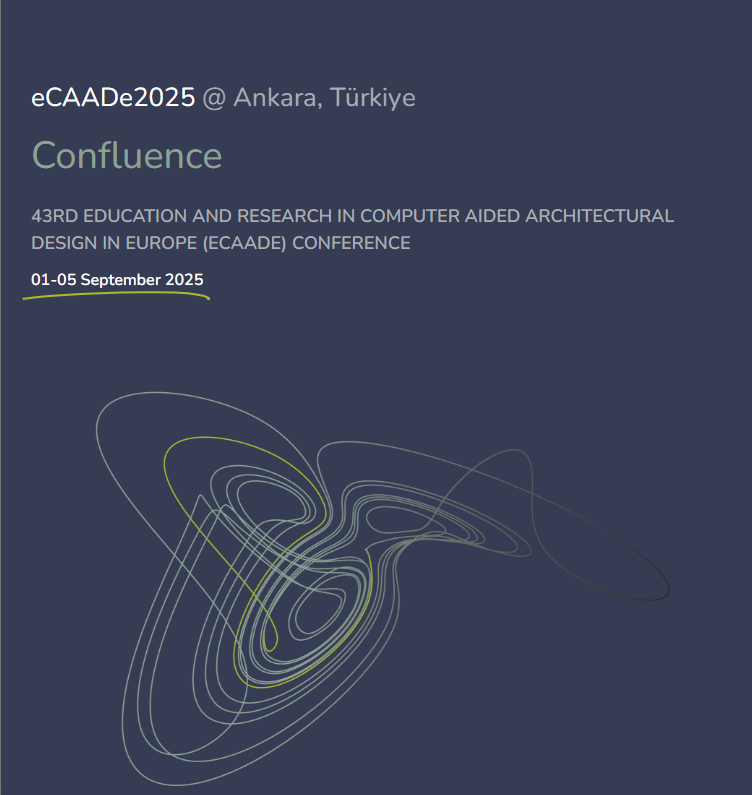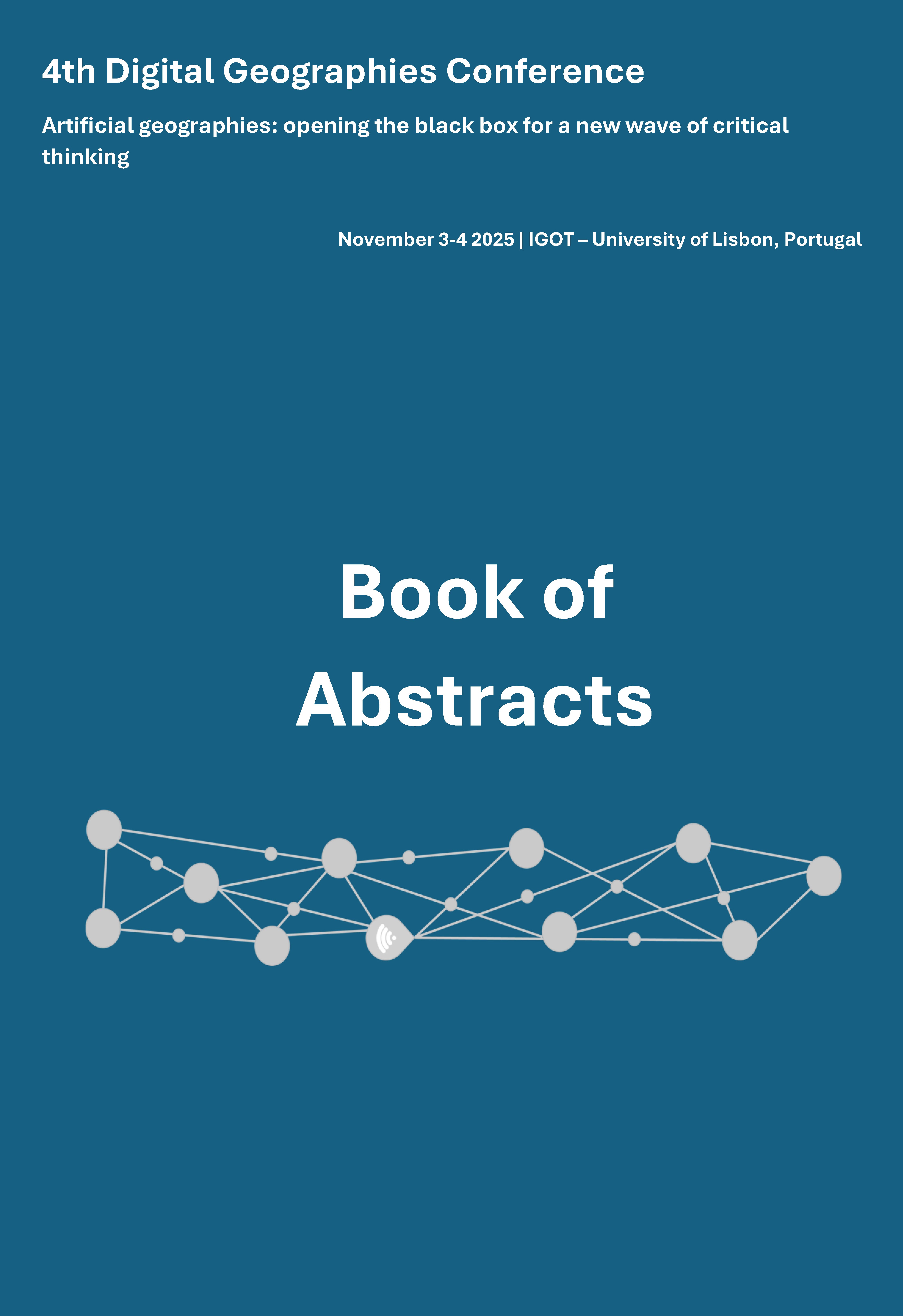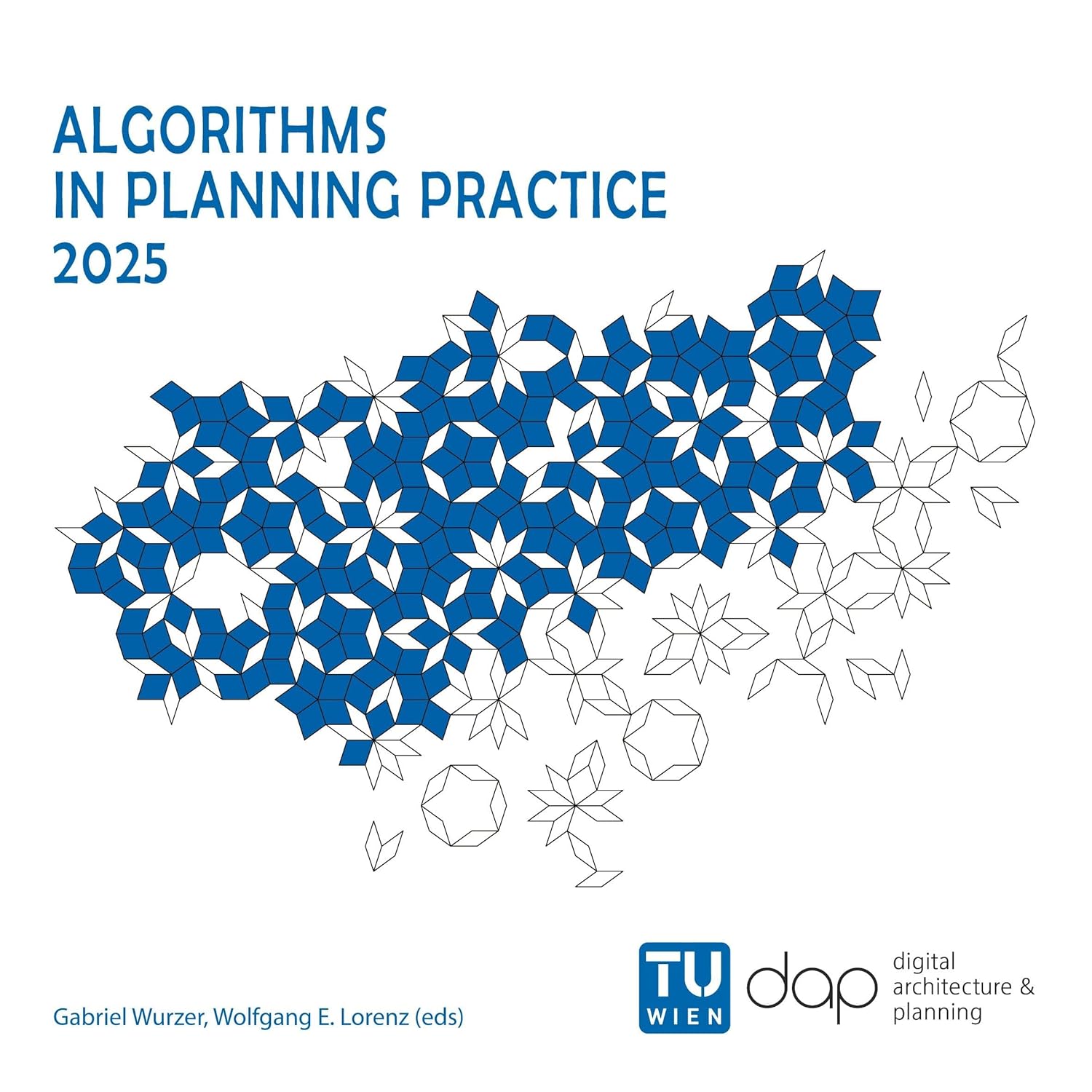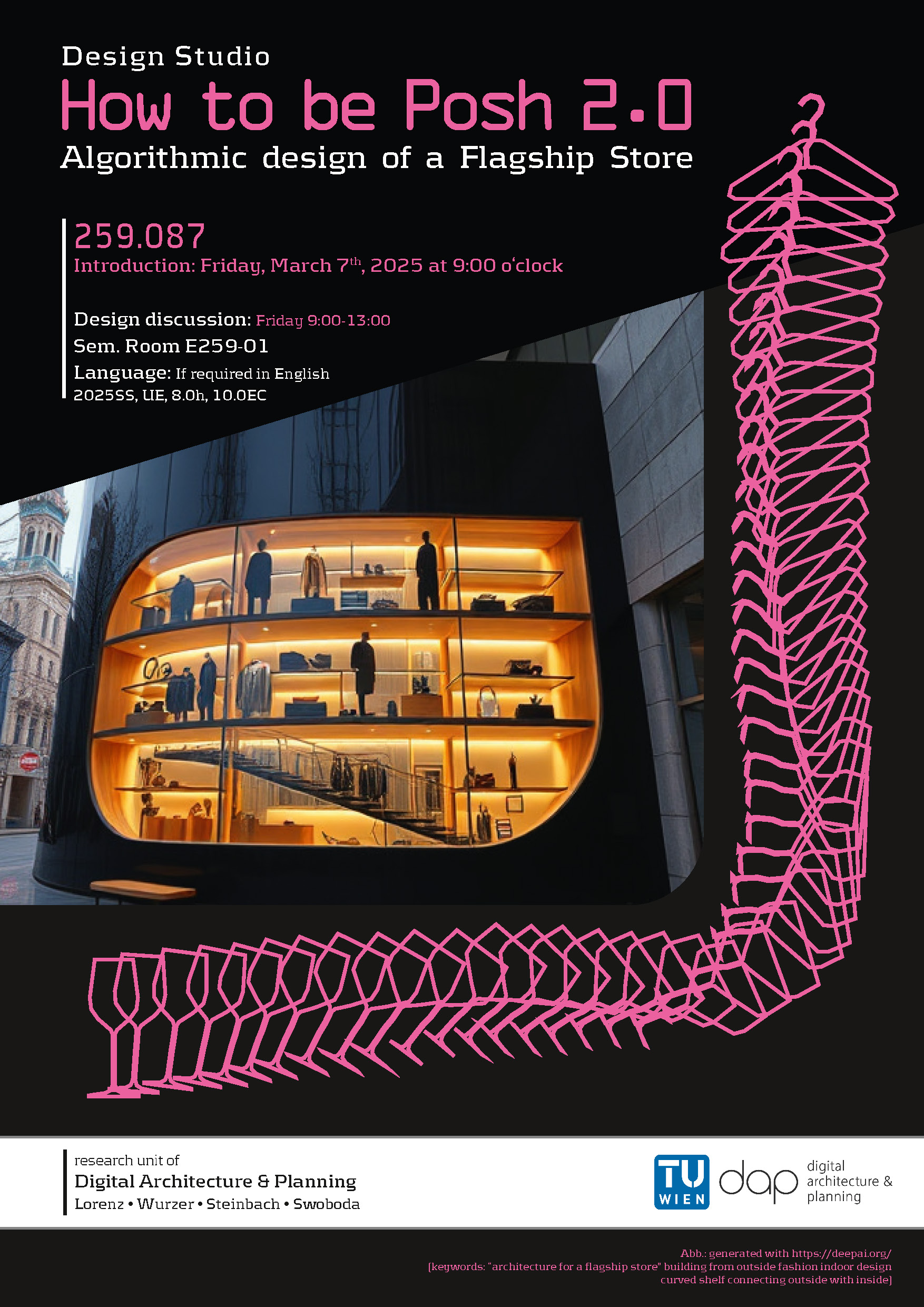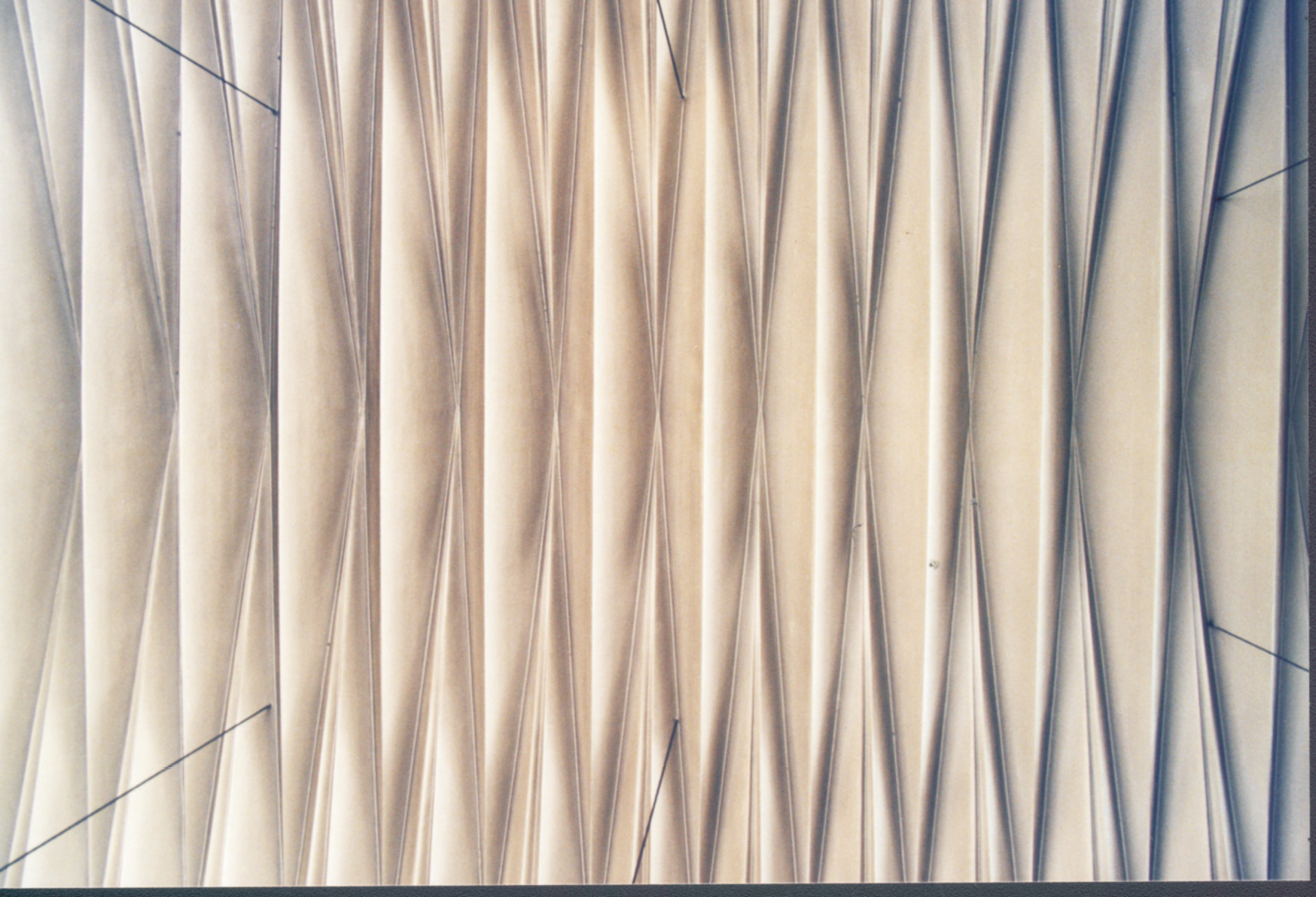II Fractals - A Definition
The best way to define a fractal is through its attributes: a fractal is "rugged", which means that it is nowhere smooth, it is "self-similar", which means that parts look like the whole, it is "developed through iterations", which means that a transformation is repeatedly applied and it is "dependent on the starting conditions". Another characteristic is that a fractal is "complex", but nevertheless it can be described by simple algorithms - that also means that beneath most natural rugged objects there is some order.

